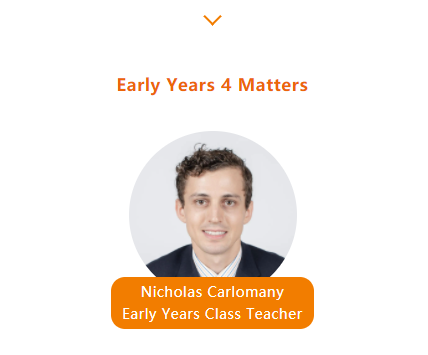

One of the four Huili Nursery guiding principles is that children learn and develop in enabling environments, in which their experiences respond to their individual needs and there is a strong partnership between practitioners and parents.

As adults, when we think of our children and how the environment contributes and make an impact on their development, learning and growth, we more often centre this around the physical indoor and outdoor environment of the setting. An enabling environment at our nursery is so much more than the resources, equipment, and furniture. For us, it is happenings that are meticulously planned for, architected, and created in way that is thought provoking, attractive and inspiring for our learners whilst at the same time create opportunity for social interactions, make culturally rich connections and form strong links with our community.

Through our many interactions with and exchanges with our children actively collaborating and engaging with the nursery environment, they have shown us the true meaning of being adaptable, an unwavering confidence in risk taking and how to relish in every new discovery.
As I welcome our children into the nursery each morning I am in complete admiration of their confidence, surety, and determination as they engage with the many happenings displayed around the nursery. Stopping to reflect on projects that have been researched and documented, reviewing ‘community expert’ contributions through visible evidence, and sharing their own expertise, knowledge and understanding with their friends or the adults around, gathering flowers from the flower shop on their way to greet their teachers or walking over to the newly created Chinese New Year interventions.
Developing links with our community through the environment enables our nursery to delve deeper into our own identity, empowering a strong sense of belonging within our children, and connect through the many relationships within the nursery and beyond.



EY1 have been very busy this week preparing for our Chinese New Year celebrations. The children had the opportunity to explore and experience many Chinese traditions. We began our week with the children learning the tale of the monster called Nian. The children represented their ideas, some through clay sculptures and others through ink. We asked the children to think of a wish for the year, writing their cards for them to attach onto our own cherry blossom tree that we created together. The children are excited to prepare for our Chinese New Year celebrations next week.



In EY2D we absolutely love to experience nature and take full advantage of the many benefits it offers. These experiences have a direct impact on how we learn and stimulate our children as they experience high levels of wellbeing and involvement when engaging with these natural elements. It EY2D our children do not need to be directed to play with mud – they are inextricably drawn to it. A muddy, sticky slippery patch of dirt is irresistible to most children, which makes it an ideal resource to stimulate learning. The ‘muddy child’ has ‘played with and explored’ the properties of mud as they use their senses to discover how it feels, how it behaves and how it smells. They have been actively learning as they concentrate on their play, showing fascination and gaining satisfaction from their efforts. They have been creatively and critically thinking as they find new ways to use mud, testing out ideas and solving problems.



The goats are finally home. This week we saw our third attempt at moving the goats to their new home, and they have not escaped The escaping goats has led to lots of problem solving in the EY3 Unit as we have discussed how we can improve our fence. We talked about different materials we could use to strengthen the fence and how their properties made them suitable or not. The children also measured the perimeter of the original fence so that we knew how much material to order. Let us hope the problem solving skills of the EY3 Unit mean the goats can be happy in their new home.


After months of investigation, the children are completing their project on volcanoes. Children have had a variety of rich learning experiences, including interviewing experts, conducting internet research with search term analysis, and engaging in deep learning about critical components of book creation. Now our children are turning our classroom into a volcano museum to represent and share their knowledge with the community.